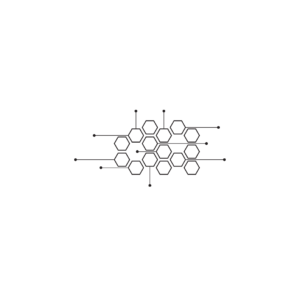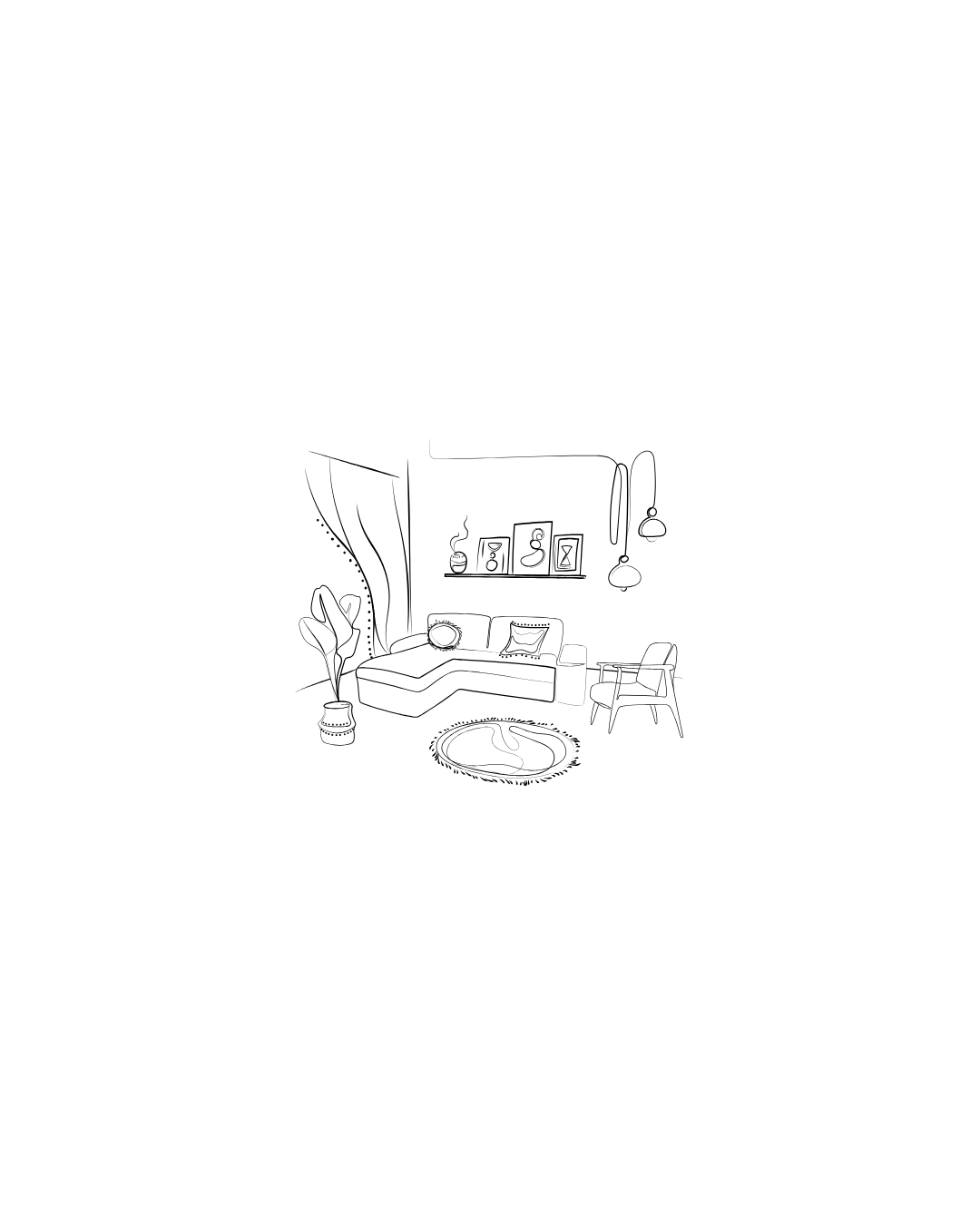Description
An Advanced Diploma in Interior Designing is aimed at individuals who wish to pursue a career in interior design, focusing on creating functional and aesthetically pleasing spaces. This program provides students with a blend of creative skills, technical knowledge, and professional practices needed to excel in the interior design industry.
Course Details:
Duration: Typically 1 to 2 years, depending on the institution and the format of the program (full-time or part-time).
Eligibility: Generally requires a high school diploma or equivalent; prior experience or education in design or art may be beneficial.
Mode of Study: A combination of classroom instruction, hands-on workshops, and project-based learning.
Curriculum:
The curriculum for an Advanced Diploma in Interior Designing usually includes the following key components:
1. Fundamentals of Interior Design
Introduction to Interior Design Principles: Overview of design elements and principles, including space, color, form, and texture.
History of Interior Design: Study of historical styles and movements that influence contemporary design.
2. Design Theory and Application
Design Process and Methodology: Understanding the steps involved in the design process, from concept development to final execution.
Conceptual Design: Skills in developing and presenting design concepts through sketches and visual representations.
3. Space Planning and Furniture Design
Space Planning Techniques: Learning to create functional layouts for residential and commercial spaces.
Furniture Design and Selection: Understanding furniture styles, ergonomics, and accessorizing interiors with furnishings.
4. Materials and Finishes
Material Knowledge: Study of various materials used in interior design, including fabrics, flooring, wall coverings, and finishes.
Sustainable Design Practices: Exploring eco-friendly materials and sustainable design principles in interior projects.
5. Lighting Design
Understanding Lighting Concepts: Learning about different types of lighting and their impact on interior spaces.
Lighting Techniques: Techniques for planning and implementing effective lighting solutions in design projects.
6. Color Theory
Color Psychology: Understanding how color affects mood and perception in interior environments.
Color Schemes: Developing the ability to create harmonious color palettes for various design applications.
7. Computer-Aided Design (CAD)
Introduction to CAD Software: Proficiency in industry-standard CAD software (e.g., AutoCAD, SketchUp) for creating detailed design plans and presentations.
3D Modeling: Skills in creating 3D visualizations to enhance design proposals.
8. Building Codes and Regulations
Understanding Codes and Standards: Familiarization with local building codes, safety regulations, and accessibility standards in interior design.
Permit Processes: Learning about the processes involved in submitting designs for permits and approvals.
9. Client Relations and Project Management
Client Consultation Techniques: Skills for effectively communicating with clients and understanding their needs and preferences.
Project Management Skills: Understanding budgeting, scheduling, and coordinating design projects from start to finish.
10. Portfolio Development
Creating a Professional Portfolio: Compiling design projects and presentations to showcase skills and creativity to potential employers.
Career Preparation: Guidance on job searching, networking, and preparing for a career in interior design.
Assessment:
Assessment methods in this program may include:
Practical Design Projects: Developing design proposals and presentations for real or hypothetical clients.
Portfolio Review: Assessment of the professional portfolio compiled by the student.
Written Assignments: Testing theoretical knowledge and design principles through essays and reports.
Career Opportunities:
Graduates of an Advanced Diploma in Interior Designing can pursue various roles, including:
Interior Designer: Creating and executing design concepts for residential or commercial spaces.
Space Planner: Specializing in optimizing space utilization and functionality within interiors.
Furniture Designer: Designing and conceptualizing furniture and related products.
Set Designer: Designing interior environments for theater, film, or television productions.
Lighting Designer: Focusing specifically on creating lighting solutions for interior spaces.
This advanced diploma program prepares students for a successful career in interior design, providing them with the skills and knowledge necessary to excel in this creative and dynamic field. If you have any further questions or would like more specific information about the program, feel free to ask!









